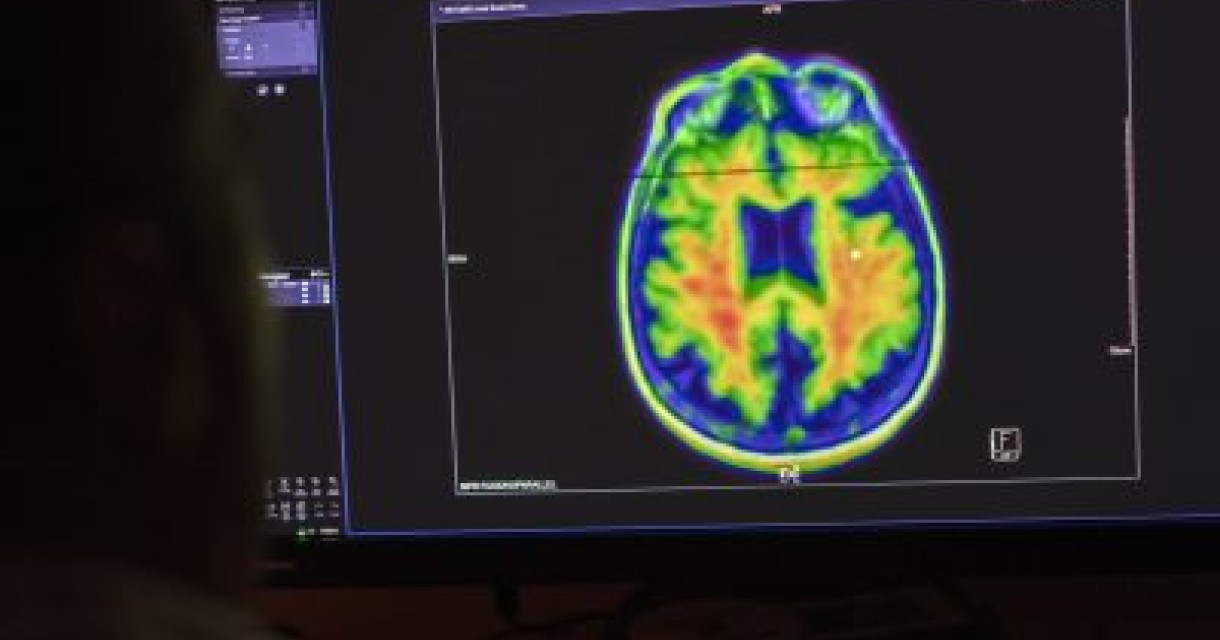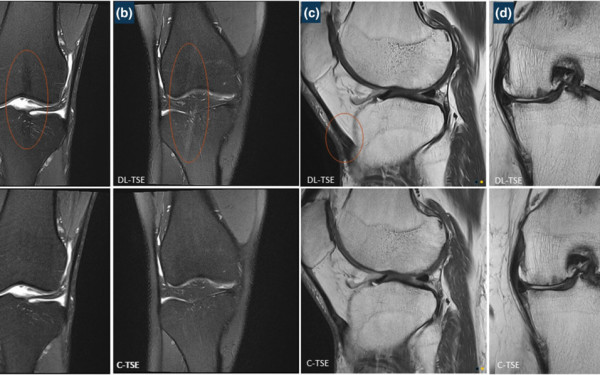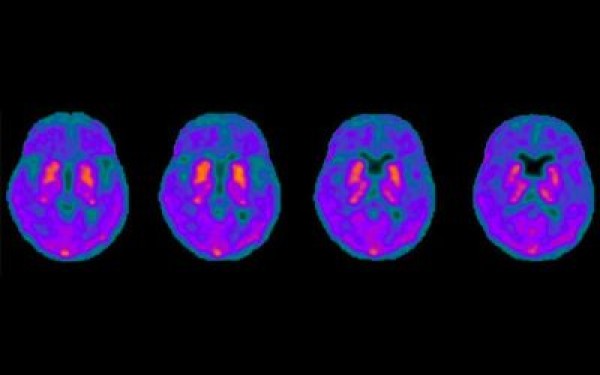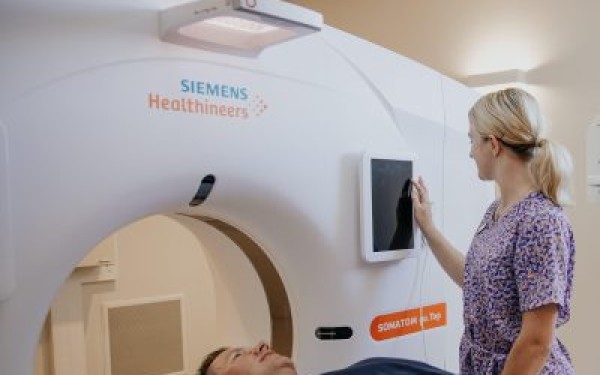Over the last 150 years New Zealand has revolutionised our national game; fielding the most successful international team in history on the pitch – and now leading the way with innovative research off the pitch as well.
Pacific Radiology is proud to have been collaborating with both the University of Canterbury and the University of Otago since 2020 in a ground-breaking study into mitigating traumatic brain injury on the pitch.
It’s estimated that head injuries account for around 25% of all injuries sustained within gameplay; with the most severe injuries often more common during competitive matches – and sadly it tends to be junior rugby players that are often most vulnerable.
"Our ongoing partnership with Pacific Radiology is helping fill a gap in research relating to teenage rugby players in the important area of player safety […] over three-quarters of our active rugby players are juniors, so the effect of concussion on children is a significant health issue."
Although such impacts are arguably part of the sport; there is mounting evidence to suggest that the modern scrum cap may significantly reduce injury to players – but ‘which headgear and designs offer the best protection?’ That’s the question that sports scientist at the University of Canterbury and
Junior Rugby coach Professor Nick Draper has set his sights on tackling.
"There are parents who are choosing not to let their children play rugby as more concussion cases come to light […] we have a responsibility to the community to find ways to make the game safer for our children."
This game changing study supported by the NZ Brain Institute involves Junior Rugby players trialling innovative new headgear (compliant with current World Rugby regulations) – assessing players pre and post season using cutting-edge MRI technology provided by Pacific Radiology; and evaluating the effects of concussive events throughout the season.
It might sound straight forward but the reality is far from it, as Pacific Radiology’s Chief Medical Officer; Dr Adrian Balasingam explains:
"It wasn’t that long ago that the technology required to make this study a reality just didn’t exist – we’re extremely fortunate here at Pacific Radiology to have access to industry leading systems; and that has made it possible for us to support innovative research such as this."
In fact, the technology required to detect micro-injuries in the brain and analyse blood flow is world leading, and that’s before the need to accurately evaluate; force, impact points and direction of collisions on the pitch with specially designed HitIQ mouthguards – recreate these conditions in the
lab; and align these with everything from players MRI images, neurocognitive functioning and motor control pre and post season.
This team already published significant results back in April 2021 supported by Pacific Radiology; showing that under laboratory conditions these newer designs of headgear could reduce peak acceleration collision forces – but now in a world-first have partnered with Waihora Rugby Club for a two-year study to assess the real-world application of World Rugby sanctioned headgear.
"Players will wear instrumented mouth guards, so we can record impact forces in the event of a collision."
With vocal support from the CEO’s of both the Canterbury Rugby Football Union and the Crusaders – this study has the potential to create safer training and playing environments from grass roots Junior Rugby to decisions made on the international stage.
Waihora Rugby Club President Mike Dixon agrees:
"If this headgear is something that helps keep kids playing for longer and keeps them safe, then we’re all for it."
The study begins April 2022.






